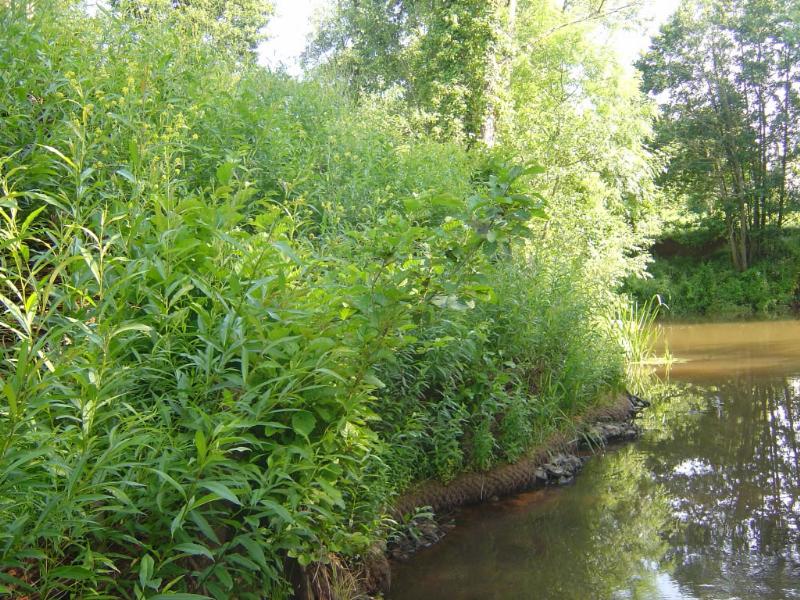
 2
2




 3
3




Visit Redhawk's soil series: https://permies.com/wiki/redhawk-soil
How permies.com works: https://permies.com/wiki/34193/permies-works-links-threads
 2
2




Permaculture...picking the lock back to Eden since 1978.
Pics of my Forest Garden
 2
2




Alder Burns wrote:You might think along the lines of the carpet-sandwich idea for pond liners. I've roofed a couple of cabins with a similar technique. Basically you protect a couple of thicknesses of heavy plastic with carpet (or something else durable and puncture resistant....I've uses silt-fence fabric in a pinch) on both sides. In a pond, algae and mud build up on the upper carpet.....and soil and rocks can be put on top of it where it is above water, mostly to protect it from slowly degrading in sunlight. For the cabin roof, I laid the plastic in overlapping courses on a deck of cardboard placed on the frame, and then covered this with overlapping courses of carpets, which were then stuccoed with a soupy mixture of cement, which hardened in among the carpet fibers and formed a rigid surface. Moss eventually grew on it, and I imagine some soil could have been added and a living roof done that way. The roof, of course, had some slope to it......
 2
2




Visit Redhawk's soil series: https://permies.com/wiki/redhawk-soil
How permies.com works: https://permies.com/wiki/34193/permies-works-links-threads
 3
3




 4
4






Permaculture...picking the lock back to Eden since 1978.
Pics of my Forest Garden




Permaculture...picking the lock back to Eden since 1978.
Pics of my Forest Garden
 2
2




To lead a tranquil life, mind your own business and work with your hands.
 1
1




A human being should be able to change a diaper, plan an invasion, butcher a hog, conn a ship, design a building, write a sonnet, balance accounts, build a wall, set a bone, comfort the dying, take orders, give orders, cooperate, act alone, solve equations, analyze a new problem, pitch manure, program a computer, cook a tasty meal, fight efficiently, die gallantly. Specialization is for insects.
-Robert A. Heinlein
 4
4





|
No matter how many women are assigned to the project, a pregnancy takes nine months. Much longer than this tiny ad:
Freaky Cheap Heat - 2 hour movie - HD streaming
https://permies.com/wiki/238453/Freaky-Cheap-Heat-hour-movie
|


